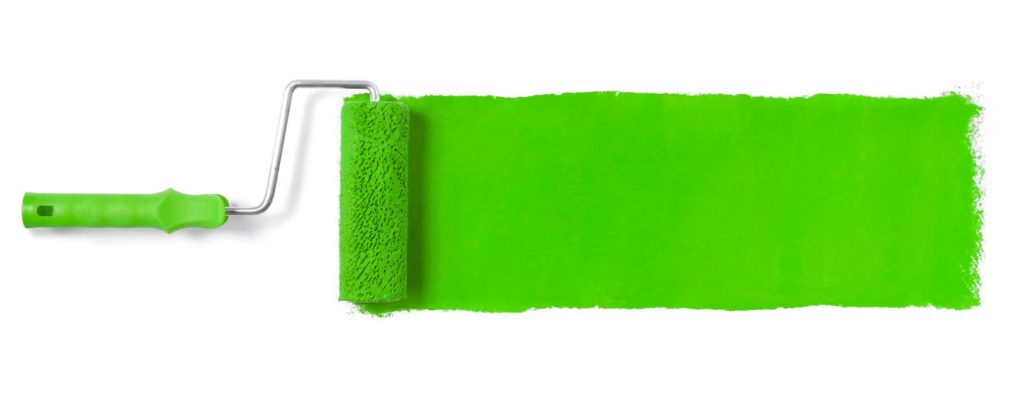Green paint offers competitive marketing opportunities
 Whether or not you work on paint projects that require LEED compliance, changes made last year by the U.S. Green Building Council (USGBC) could benefit your business when dealing with environmentally conscious customers.
Whether or not you work on paint projects that require LEED compliance, changes made last year by the U.S. Green Building Council (USGBC) could benefit your business when dealing with environmentally conscious customers.
Previously, LEED credits were available for indoor paints and coatings applied on-site—with a goal of reducing concentrations of chemical contaminants that can damage air quality, human health, productivity, and the environment. Greener paints minimize volatile organic compounds (VOCs) like formaldehyde and others that off-gas harmfully from paint as they dry.
The newest version of LEED also addresses three other green aspects where paint manufacturers and your product choice can play a role in how you work with eco-conscious customers. These three added considerations include:
- Life-cycle assessment, or products and materials that reduce environmental impacts such as potential global warming influenced by greenhouse gasses
- Raw material sourcing, or responsible extraction and manufacturing practices, as well as recycled content
- The impact of building materials on human health, or products verified to minimize the use and generation of harmful substances
Add them all up, and it provides an incentive for paint manufacturers to disclose information and demonstrate via benchmarking that they are better than industry averages on these issues.
As a result, using paints in compliance with the LEED rating system allows you to tell a more complete story and differentiate your business, even if your projects don’t require LEED certification.
“We spend more than 90% of our time inside,” says Brendan Owens, senior VP at USGBC. “The protocols in LEED are intended to give preference to products that are potentially healthier than the alternatives, and to encourage making good decisions in places where you can. In addition to the competitive marketing advantage, these are also new opportunities for paint to help a project get certification, and can greatly enhance the value of specifying certain paint products.”
Best of all, using green paints no longer means suffering with an inferior product.
“When they first started reformulating paints years ago, the water-based enamels were horrible, but now they’re great and getting better,” adds Dan Ross of Ross Painting, based in San Rafael, CA.
For more on current LEED requirements, visit new.usgbc.org/leed. And to learn more on the advantages of working with green products, read the full-length article in our Dec 2017/Jan 2018 issue: inpaintmag.com




